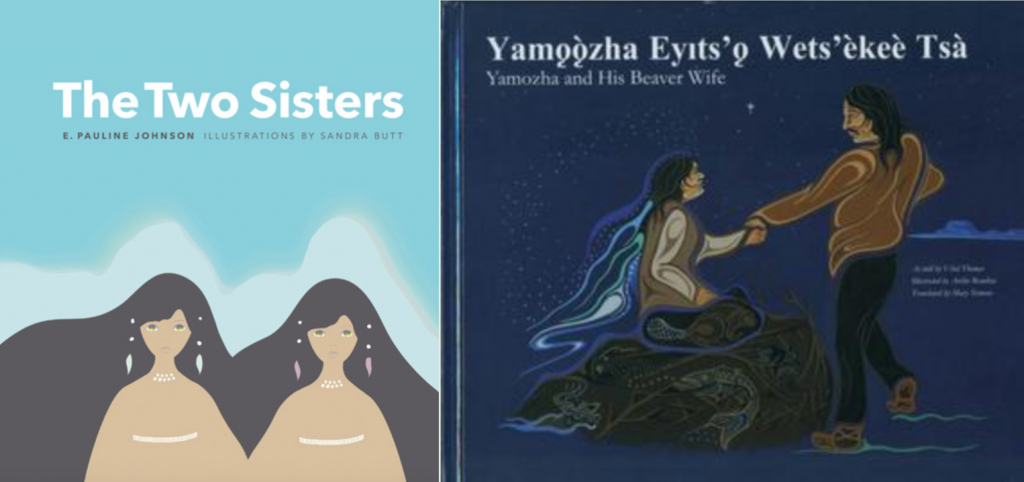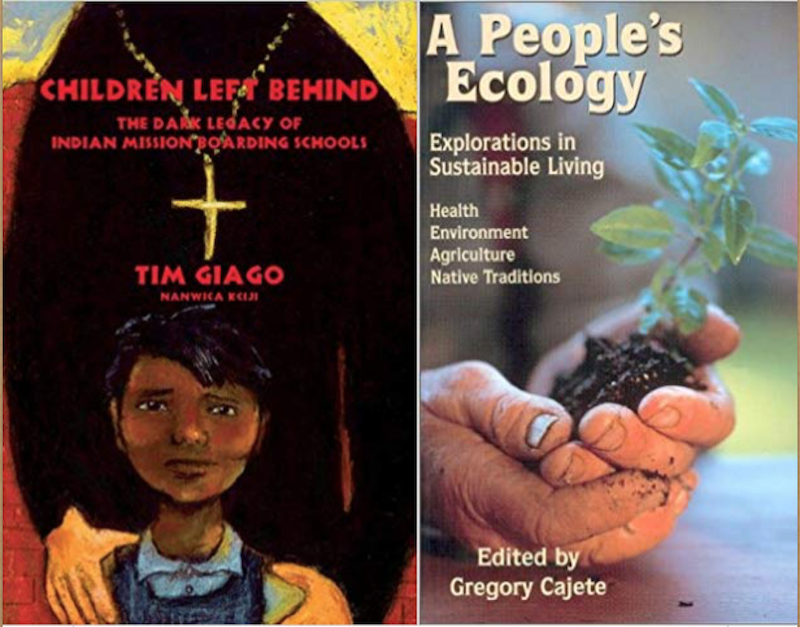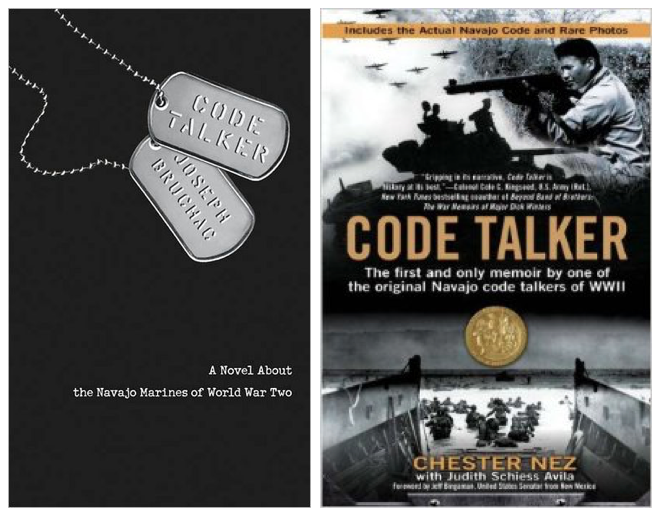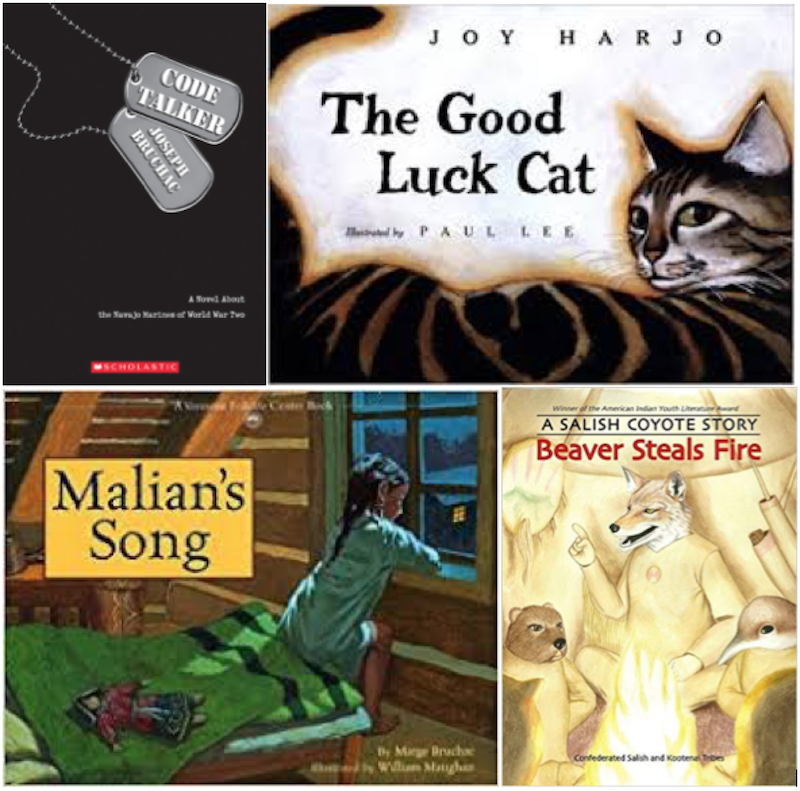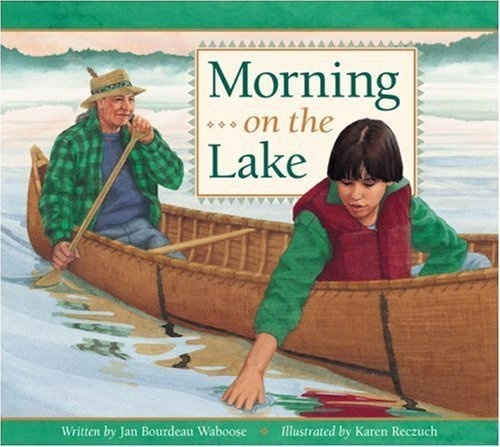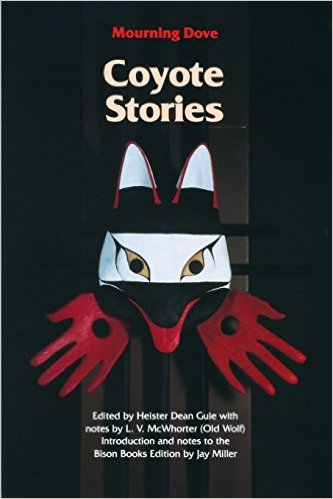By Angeline Hoffman, White Mountain Apache Tribe
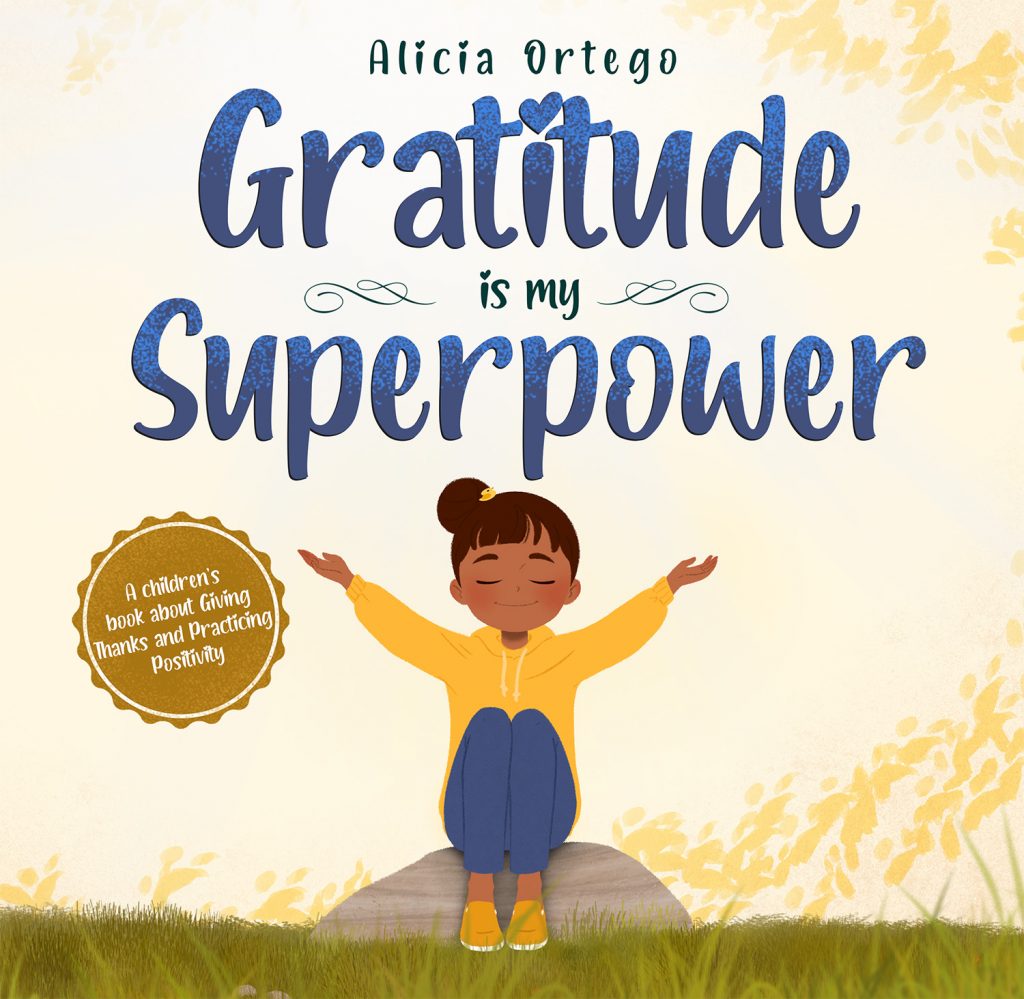 Story is about the unique ways of teaching and learning as reflected through special connections to nature, family, community and ecology. It is understanding and acknowledging the connections and deep knowledge through teaching and learning about how life is.
Story is about the unique ways of teaching and learning as reflected through special connections to nature, family, community and ecology. It is understanding and acknowledging the connections and deep knowledge through teaching and learning about how life is.
Indigenous stories involve members of a community or small groups of relatives gathering together to hear stories told, mostly by an elder, to convey information about the specific Indigenous culture of the community. The stories, especially through the Indigenous language, support the maintenance of Native identity. Embedded in these stories is the important knowledge that we, as Native Americans from special tribal cultures, must acquire to survive and to conduct oneself appropriately. Both the narratives and the languages that convey them are place-based in the sense that they are tied to the land – especially the knowledge of where we came from, where we live, how we survive and our way of life. Continue reading


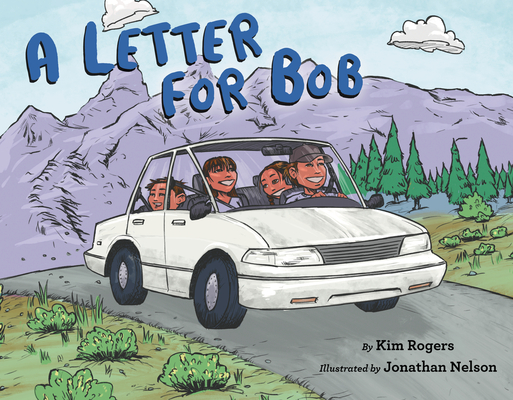
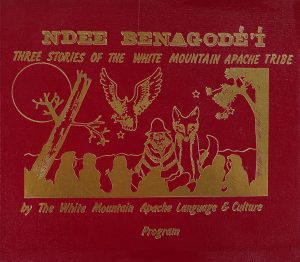 Culturally authentic Indigenous American children’s literature is composed of traditional stories that consist of myths, legends and folktales in the oral storytelling traditions of a given people. This literature also includes contemporary stories and poetry. An affirmation of Indigenous children’s literature is noted by Dr. Debbie Reese (2007, p. 245):
Culturally authentic Indigenous American children’s literature is composed of traditional stories that consist of myths, legends and folktales in the oral storytelling traditions of a given people. This literature also includes contemporary stories and poetry. An affirmation of Indigenous children’s literature is noted by Dr. Debbie Reese (2007, p. 245):